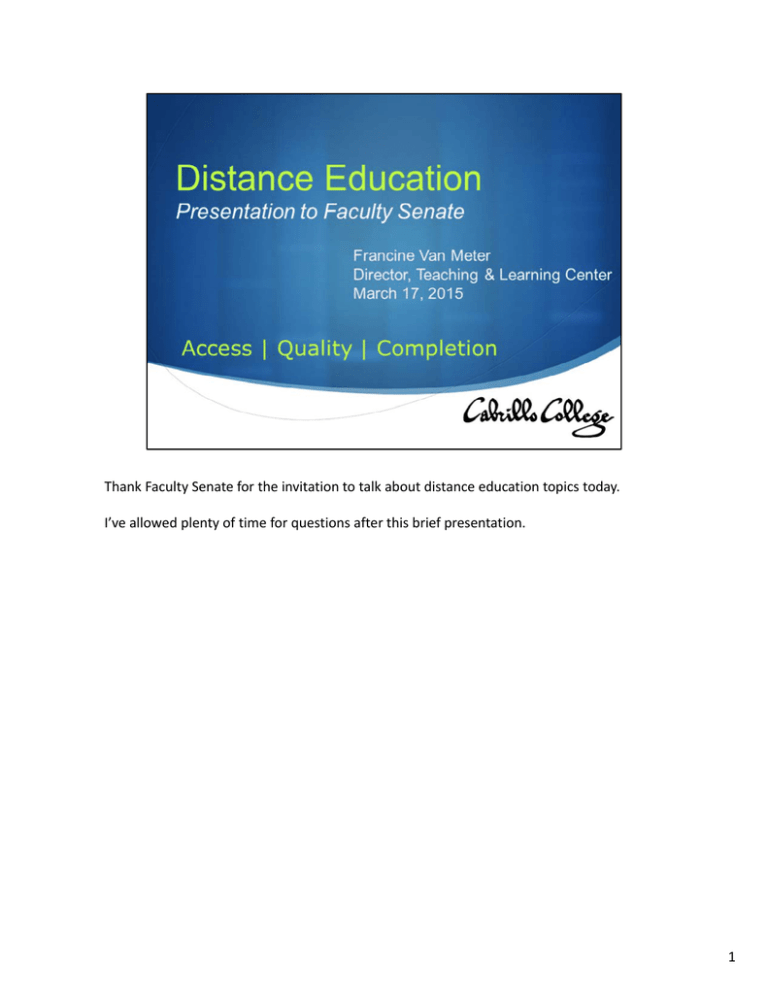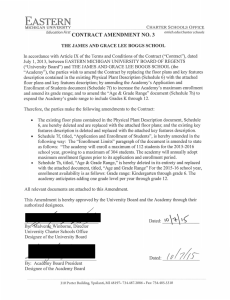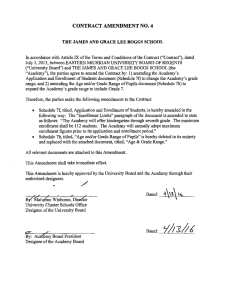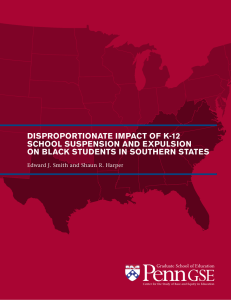Thank Faculty Senate for the invitation to talk about distance education topics today. I’ve allowed plenty of time for questions after this brief presentation.
advertisement

Thank Faculty Senate for the invitation to talk about distance education topics today. I’ve allowed plenty of time for questions after this brief presentation. 1 Today we have 4,223 enrollments in 136 sections of online classes. Many students are taking more than one online class. I pulled this from *Enrollment Tracker (FTES/Sections)*: Mar 17 (2015) 487.71 *136* (2014) 493.93 122 (2013) 593.47 155 and this from *Section Availability Report* 4,223 duplicated enrollment in *136* sections (at least the # of sections matched!) The reports from PRO for these years say "enrollment in co‐requisites not included.“ The decline in DE offerings is beginning to make a turnaround, and enrollment management strategies will have an impact on future DE enrollment patterns. If you are interested in enrollment, demographic data, and trends, the Annual Distance Education Report to the Board each fall includes engaging content provided by the DE Program and the Planning and Research Office. These reports can be found on the DE Committee website. Mobile technology will soon surpass computers as the primary point of access to the Internet. In the past year, Blackboard Academy, and other faculty professional development events and services, include an emphasis on mobile compatible resources and mobile app use. Faculty‐to‐student interaction, and student‐to‐student interaction are often conducted via a mobile device. There are numerous opportunities to teach beyond the walls of the traditional classroom. Think about the potential to be academically active 24/7. How many of you have asked Siri a question? 90% of respondents aged 18‐24 agreed mobile devices is a central part of everyday [location sharing, push notifications, text messages, business specific apps, social media [2014 Mobile Behavior Report, SalesForce] 3 150+ instructors have attended Blackboard Academy to learn best practices in distance education. Blackboard Academy is a two‐day academy designed to bring together novice and experienced users. Every challenge is approached with special attention to strategies that promote retention and success. 4 $57 Million Governor wanted to expand existing online course offerings to meet the high demand. Increase the number of college associate degree graduates and transfers to four‐year colleges Improve retention and success of students enrolled in Online Course Exchange courses Increase California Community Colleges education for the underserved and underrepresented including individuals with disabilities and those with basic skills needs Increase ease of use and convenience of the online experience Decrease the cost of student education (providing high demand courses to get them through degree program quicker) Average time for CC degree is 4 years. Significantly increase demand for online course delivery 5 6 7 8 9 10 A user selects the appropriate credit type(s) when registering for the activity; upon completion, the type of credit earned is recorded in the user’s transcript and is reported through the system’s reporting functions as appropriate. 11






